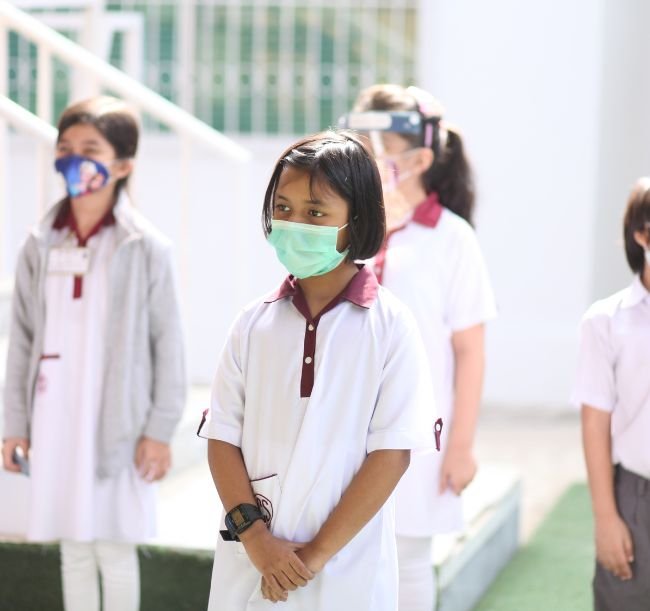COVIDucation Struggles

The effects of COVID-19 on our Education sector are undeniably massive. Until now we are still coping with the drastic changes that happened over the past two years. As a student, this pandemic will be unforgettable. The things and people that we lost, the opportunities that we missed, and the reality of how it flipped the life of the students.
For two years, students are still struggling to adjust to the new normal. We are in the safety of our homes anxious and trying to survive while stressing about our assignments and deadlines. This is the new normal now for the students and the question is, is it effective? For now, however, this can’t continue because it is not how schools operate and students should learn and grow.
The impact of COVID-1to the students
The Philippines has not started face-to-face classes since the pandemic began. It has affected the right to learn of more than 27 million Filipino students. While new variants are causing a rise in infections, UNICEF is suggesting the soft re-opening of schools, starting in low-risk areas part of our country.
UNICEF warns that COVID-19 will be impacting the mental health of the students not just in the Philippines but also globally. The sudden shutdown of the schools is to blame for the rise in dropout rates. The number of children aged 10 and below, from low- and middle-income countries, who can’t read simple text has risen from 53% before the pandemic to 70% today.
This is according to the estimation of the World Bank. Teachers are also suffering from the drastic change in learning. Especially the elder teachers who struggle to operate technologies and apps for teaching.

Internet access is a luxury
Internet access is a huge challenge that became harder when COVID-19 happen. In urban areas, instructors can give lessons over video conferencing platforms, or Facebook Live, but 52.6% of the Philippines’ 110 million people live in rural areas with unreliable connectivity. Internet connection in the Philippines is also expensive yet unstable and slow. How do students from poor families will to catch up to the lessons if they can’t afford internet and gadgets? Students then would turn to print modules in which they will have to self-study. Not effective for everyone, specifically the students of elementary and below who need the guidance of a teacher the most.

Long-distance learning isn’t for everyone and that is the truth for a third-world country like the Philippines. In addition to a lack of assets for remote learning, the young children may not be able to participate due to a poor learning environment, or being pressured to do household chores and work.
As for our batch, the pilot of K-12 and possibly will graduate online, it does leave a bitter taste still we have to hope and cope.
Rosemarie is a writer and an artist, She developed a passion for arts at a young age, inspired by the Japanese animation that she frequently watches which also sparked her love for writing. Her arts and writings became her special way of expressing her feelings as she's not really good with words. Most of her time were spend on either honing her digital drawing skills, watching anime, or gaming.





